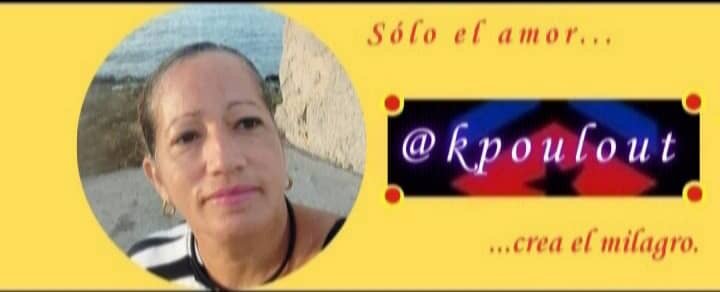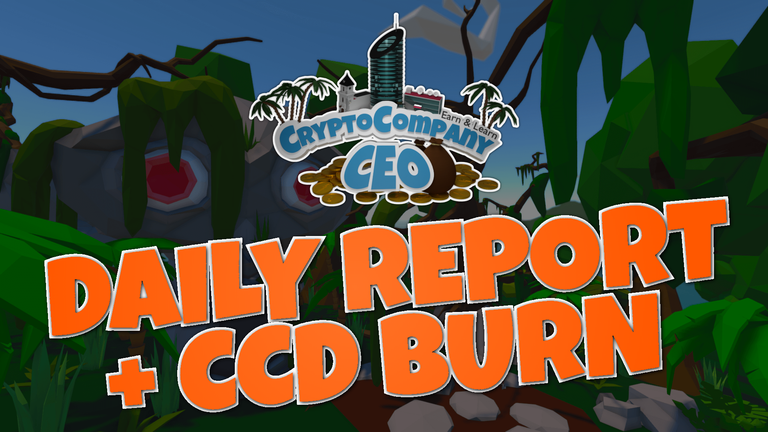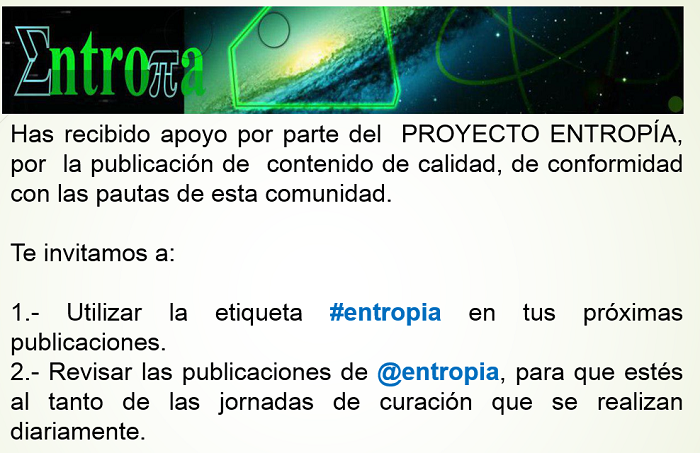Hoy quiero mostrarles el antes y el después de un lugar que atrajo mi atención desde la primera vez que pasé por alli. Durante mucho tiempo estuve viendo esa escultura sucia y desgastada de un hombre rompiendo unas cadena. Una escultura que habla por si sola, y siempre me preguntaba cómo era posible que un sitio tan interesante y con un significado tan poderoso, estuviera así abandonado. Esta esquina, incluso, llegó a convertirse en el basurero gigantesco del barrio.
Hello, hivers. What a pleasure to greet you.
Today I want to show you the before and after of a place that caught my attention the first time I passed by. For a long time, I kept seeing that dirty, worn-out sculpture of a man breaking chains. A sculpture that speaks for itself, and I always wondered how it was possible that such an interesting place with such a powerful meaning was so abandoned. This corner had even become the neighborhood's gigantic garbage dump.

This park is located at the intersection of 148th Street and 245th Avenue,in the municipality of Bauta, Artemisa province. It's just a few meters from the house of my friend Mireisy, whom I visit quite frequently, both for friendship and work-related matters.


I was overjoyed when I passed by one of those times and saw some construction activity. Finally, the crust of the years would stop making that sculpture suffer, that slave who was breaking his chains. Luckily, and for the good of the community, indifference has its limits.


Everything indicates that someone took charge of the matter and set about rescuing this very particular and attractive space.Look how beautiful it has become thanks to collective interest. Look at the vibrant colors this place now sports, where, from now on, the neighbors in the area can relax, enjoy themselves, and even fall in love.


Delving a little deeper into this park, which some call "the slave park" and others "the freedom park," I learned that this site is one of the many throughout Cuba that belongs to the "Slave Route," an international project sponsored by UNESCO dedicated to researching, preserving, and promoting the memory of the slave trade and slavery.

Among the objectives of this noble project are to break the silence surrounding the slave trade and slavery,recognized as a crime against humanity, and on the other hand, to identify and preserve the tangible and intangible cultural heritage inherited from African ancestors.

When I think about the crimes committed by mankind throughout history, I feel ashamed by so much atrocity. Slavery was one of the many regrettable chapters of humanity. No one can truly know the horror experienced by those men, women, and children who were torn from their lands, taken by force to distant lands, and forced into a life of hardship, abuse, and forced labor.

The headquarters of this project in Cuba is the National Museum of the "Slave Route," located in the San Severino Castle, in the city of Matanzas. This route extends throughout the country, with 632 sites related to this history identified, including sugar mills, coffee plantations, and meeting places for enslaved Africans (cabildos and palenques). The "Slave Route" serves as a bridge connecting Cuba's past with a present of multiculturalism and syncretism, with human beings owning their free will, because freedom is mankind's most precious gift.

Gracias por visitar mi blog
Texto e imágenes de mi propiedad
Thanks to visite my blog
Text and imagen are my own

 |  |
|---|


